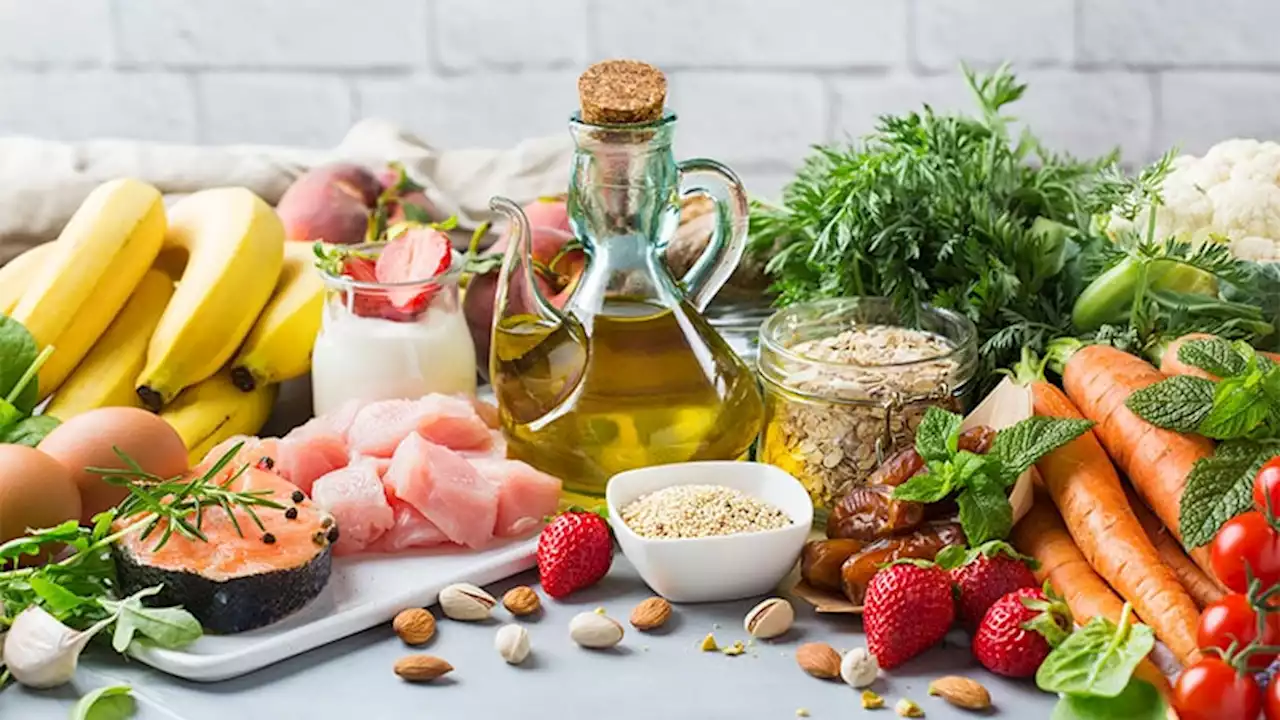A complete guide to developing your film with coffee.
One of the greatest things about film photography is its friendliness toward do-it-yourself approaches. Want to hack together a working camera out of discount hardware store supplies? All the power to you! Want to shoot on art paper coated in a home-concocted emulsion, contact-printed using authentic techniques from the 1800s? Why not?
The reasons for that are self-evident. Caffenol is cheap and environmentally friendly, and the basic recipe is not particularly challenging. Nor do you need to worry much about safety precautions when working with caffenol – at least not nearly as much as with most packaged, bottled developers. Commercial developers can be based on any number of chemicals. Take, for example, Rodinal. One of the most popular modern film development solutions, it was also among the first to be mass-produced.
Powdered, pre-ground coffee is much easier to use for making film developer out of, as all you’ll have to do is add it to the appropriate volume of water.There’s just one problem with the “pure” coffee approach: coffee itself is not that potent in polyphenols, meaning you’ll either have to use a lot of it or prepare for very long development times .
What vitamin C does is radically speed up the rate of those chemical reactions, to the point where it’s quite feasible to develop a few rolls using a coffee-vitamin C mix in less than 15 minutes. As long as you stay within certain tolerances, there’s a lot of freedom when it comes to mixing your ingredients. The below is only one example that I have personally used with some great results. Feel free to adapt it to your needs as you see fit.For instance, if you find that the developer doesn’t act fast enough, all you need to do is increase the concentration of vitamin C in the solution.First, let about 5 teaspoons of your coffee dissolve in approx. 250 milliliters of water.
For example, I’ve seen some really successful results coming from red wine and basil. Other recipes, including some based on beer, different kinds of fruit or vegetable juices, as well as common herbs, are tons of fun to play around with and can generate stunning images with a unique look. One of the simplest recipes for fixer is also among the most effective. In fact, the following is the recipe that was used throughout most of the early history of photography and continues to be employed as a base for more complex commercial-grade fixers!
Some caffenol users go even further – further back to the past, that is – by utilizing the fixer of choice during the pre-hypo era: saltwater! Sodium chloride is related to the other compounds used in hypo fixers, and it does a fine job in high concentrations. However, you’ll need a lot of table salt, as much as 300 grams per liter of water or more.
Argentina Últimas Noticias, Argentina Titulares
Similar News:También puedes leer noticias similares a ésta que hemos recopilado de otras fuentes de noticias.
 From Cultured to Clarified, We Break Down 12 Types of ButterA butter field guide.
From Cultured to Clarified, We Break Down 12 Types of ButterA butter field guide.
Leer más »
 Mediterranean Diet Linked to 24% Reduction in CVD Risk in WomenThe Mediterranean diet appears to be associated with a lower incidence of CVD and mortality in women, new observational data suggest.
Mediterranean Diet Linked to 24% Reduction in CVD Risk in WomenThe Mediterranean diet appears to be associated with a lower incidence of CVD and mortality in women, new observational data suggest.
Leer más »
 Which Alternative Therapies Can Athletes Trust, and Which Are Just Placebo?A quick guide to the scientific credibility and safety of cupping, cryotherapy, and more.
Which Alternative Therapies Can Athletes Trust, and Which Are Just Placebo?A quick guide to the scientific credibility and safety of cupping, cryotherapy, and more.
Leer más »
 Our HUGE guide to dessert in Tucson, from pastries to date-night spotsFrom scratch-made ice cream to cookies and other confections, Tucson is home to lots of tasty desserts. Here's a giant guide on where to find them.
Our HUGE guide to dessert in Tucson, from pastries to date-night spotsFrom scratch-made ice cream to cookies and other confections, Tucson is home to lots of tasty desserts. Here's a giant guide on where to find them.
Leer más »
